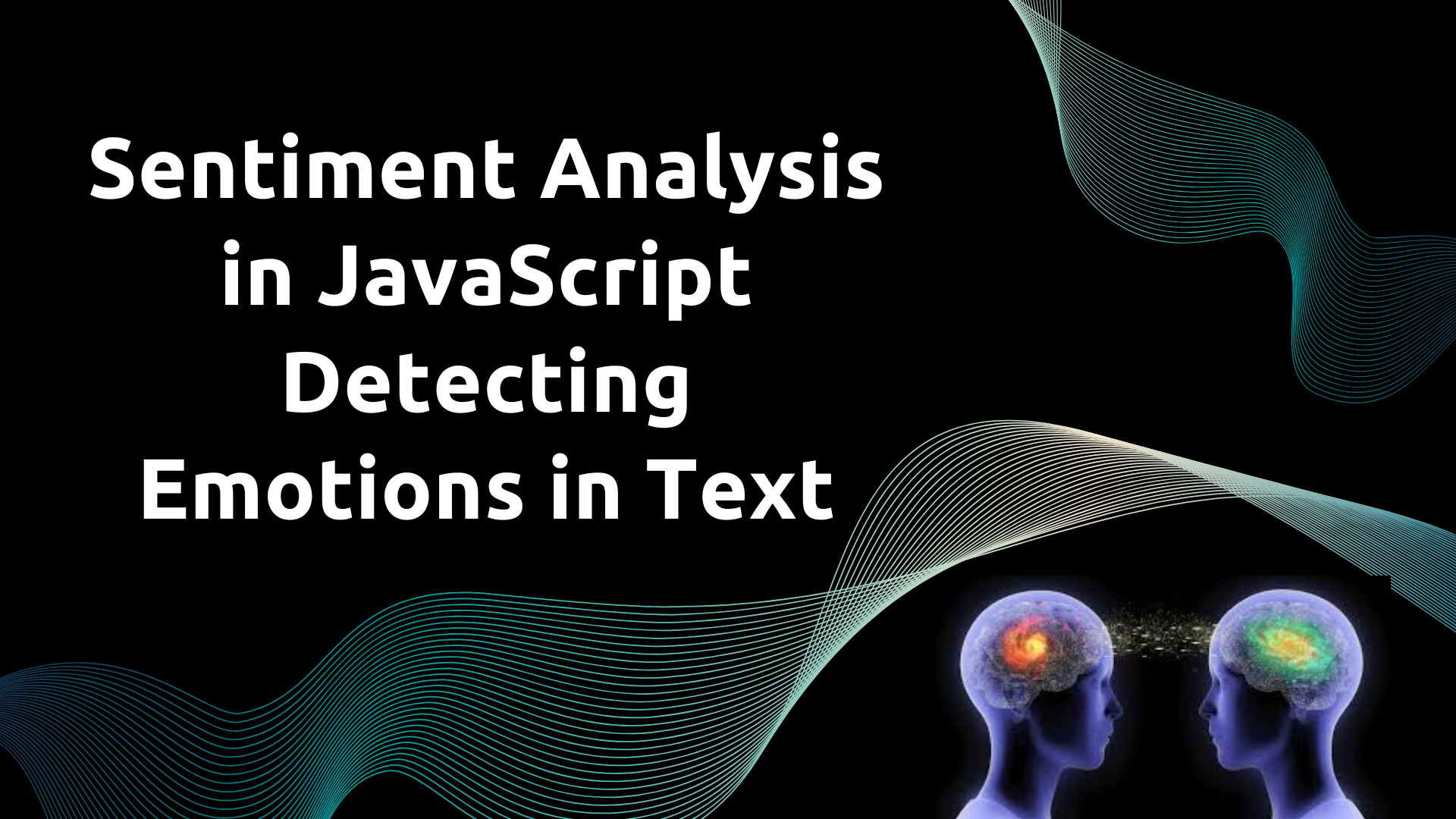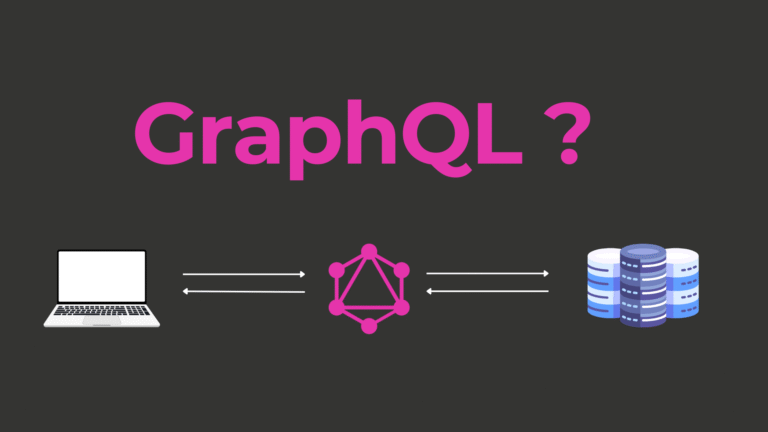Mastering Sentiment Analysis in JavaScript Detecting Emotions in Text

Introduction
- The Growing Importance of Sentiment Analysis in Digital Communication
In today’s hyperconnected world, digital communication reigns supreme. Every tweet, comment, and review offers a window into human emotions, making sentiment analysis a critical tool for deciphering these subtle emotional cues. Businesses and organizations increasingly rely on sentiment analysis to glean insights from vast textual data streams, enabling more informed decisions and enhanced customer engagement. As the volume of digital content continues to expand exponentially, the ability to accurately detect and interpret emotions has become indispensable.
- Why JavaScript is a Powerful Tool for Emotion Detection in Text
JavaScript, the lingua franca of the web, empowers developers to embed sentiment analysis directly within web applications, enhancing real-time interaction capabilities. Its versatility across frontend and backend environments facilitates seamless integration with numerous natural language processing (NLP) libraries. The asynchronous, event-driven nature of JavaScript ensures efficient handling of sentiment detection tasks, even in resource-constrained environments like browsers. Thus, mastering sentiment analysis in JavaScript unlocks vast potential for dynamic, emotion-aware digital experiences.
Fundamentals of Sentiment Analysis
- What is Sentiment Analysis and How It Works
Sentiment analysis, also known as opinion mining, is a computational technique that identifies and categorizes emotions expressed in text. By leveraging linguistic rules and statistical models, it assigns polarity — positive, negative, or neutral — to textual content, capturing subjective nuances. The process involves parsing raw text, detecting sentiment-bearing words, and synthesizing this information into meaningful interpretations. At its core, sentiment analysis transforms qualitative feelings into quantifiable data, bridging human expression and machine understanding.
- Types of Sentiment: Positive, Negative, Neutral, and Beyond
While sentiment analysis traditionally categorizes emotions as positive, negative, or neutral, contemporary approaches delve deeper into the nuances of emotions. They explore complex sentiments such as joy, anger, sadness, surprise, and even ambivalence. Fine-grained analysis can distinguish between mild dissatisfaction and vehement outrage, enhancing contextual accuracy. Beyond polarity, some models measure intensity and emotional valence, allowing nuanced emotional profiling that reflects the multifaceted nature of human communication.
Core Concepts in Emotion Detection
- Understanding Polarity and Subjectivity in Text
Polarity defines the emotional direction of text, whether it conveys positivity, negativity, or neutrality. However, discerning polarity is complicated by subjectivity, which refers to the degree to which a statement expresses personal feelings rather than objective facts. Subjective texts are replete with sentiment cues, whereas objective statements often lack emotional undertones. Practical emotion detection algorithms must evaluate both polarity and subjectivity to capture the sentiment landscape embedded within text accurately.
- The Role of Lexicons and Machine Learning Models in Sentiment Analysis
Lexicons, curated dictionaries of sentiment-laden words, serve as foundational tools for rule-based sentiment analysis. These lexicons assign polarity scores to words, facilitating straightforward computation of sentiment. Conversely, machine learning models analyze patterns in labeled datasets to infer sentiment, accommodating complex linguistic features beyond static lexicons. Modern approaches increasingly integrate both, combining lexicon-based precision with the adaptive power of algorithms like Support Vector Machines, Random Forests, and deep neural networks.
Setting Up Your JavaScript Environment for Sentiment Analysis
- Choosing the Right Libraries and Tools for JavaScript
A plethora of JavaScript libraries exist to streamline sentiment analysis implementation. Libraries such as Sentiment, Natural, and Compromise offer lexicon-based and statistical capabilities, while more advanced frameworks like TensorFlow.js enable the deployment of machine learning models directly in JavaScript environments. Selecting the appropriate tools depends on project complexity, performance needs, and language support requirements.
- Installing and Configuring Popular Sentiment Analysis Packages
Installation via npm or yarn is straightforward for most sentiment analysis libraries. For example, the Sentiment library can be quickly added and initialized within a project. Proper configuration includes setting up language-specific lexicons and tuning parameters for sentiment thresholds. Incorporating preprocessing utilities such as tokenizers and stemmers enhances text normalization, ensuring more reliable sentiment detection.
Building a Basic Sentiment Analysis Model in JavaScript
- Preprocessing Text Data for Accurate Emotion Detection
Raw text is often noisy and inconsistent, necessitating preprocessing steps like tokenization, normalization, stopword removal, and stemming. These processes refine input data, mitigating ambiguity and improving the signal-to-noise ratio. Effective preprocessing is crucial for capturing the genuine emotional intent behind user-generated content, thereby setting the stage for more accurate sentiment scoring.
- Implementing Simple Sentiment Scoring Algorithms
Basic sentiment models assign polarity scores by summing the values of sentiment words detected in the text. This approach, while rudimentary, offers a transparent and interpretable method for emotion detection. Enhancements can include weighting certain words, handling negations, and considering phrase-level sentiments to capture more nuanced emotional expressions.
Advanced Techniques for Enhanced Sentiment Detection
- Incorporating Contextual Analysis and Sarcasm Detection
Context is paramount in understanding sentiment; identical words can convey divergent emotions based on usage. Advanced models incorporate contextual embeddings and sequence analysis to interpret sentiment within broader discourse. Sarcasm detection remains a complex challenge, as it often subverts literal meaning. Techniques that leverage contextual clues and pattern recognition attempt to unravel these complexities, thereby elevating the fidelity of sentiment analysis.
- Using Machine Learning and Deep Learning Models in JavaScript
JavaScript’s compatibility with machine learning libraries, such as TensorFlow.js, enables the deployment of sophisticated models, including recurrent neural networks (RNNs) and transformers. These models excel at capturing long-range dependencies and semantic subtleties in text, delivering state-of-the-art sentiment analysis performance directly within web applications.
Handling Multilingual Sentiment Analysis
- Adapting Sentiment Models for Different Languages
Languages vary widely in syntax, idioms, and cultural references, complicating sentiment analysis across multilingual corpora. Models must be trained on diverse datasets or leverage transfer learning to accommodate language-specific peculiarities. Supporting multiple languages broadens application reach, making sentiment tools truly global.
- Managing Language-Specific Nuances and Cultural Contexts
Beyond linguistic structures, cultural context influences how emotions are expressed and perceived. Sentiment models must account for colloquialisms, regional dialects, and culturally bound sentiments to avoid misinterpretation. Incorporating cultural sensitivity enhances the robustness and relevance of models in diverse user communities.
Integrating Sentiment Analysis into Web Applications
- Real-Time Sentiment Detection for User Feedback and Social Media
Embedding sentiment analysis into web applications enables users to receive instantaneous emotional feedback on their content. This facilitates dynamic moderation, personalized responses, and sentiment-driven analytics. Real-time processing empowers businesses to gauge public opinion and respond proactively to evolving sentiment trends.
- Visualizing Emotional Trends with Interactive Dashboards
Visual representations of sentiment data, such as graphs, heat maps, and timelines, make complex emotional patterns more accessible to decision-makers. Interactive dashboards allow users to explore sentiment fluctuations over time, segment by demographics, and identify emerging emotional hotspots, transforming raw data into actionable insights.
Evaluating and Improving Model Accuracy
- Metrics for Measuring Sentiment Analysis Performance
Evaluation metrics such as accuracy, precision, recall, and F1 score quantify how well sentiment models perform on test data. Each metric offers distinct perspectives: accuracy measures overall correctness, precision evaluates the validity of optimistic predictions, recall assesses sensitivity, and the F1 score balances precision and recall. Rigorous evaluation ensures reliable sentiment detection aligned with application goals.
- Techniques for Iterative Model Refinement and Error Reduction
Model refinement involves retraining with augmented datasets, tuning hyperparameters, and addressing error patterns to improve the model’s performance. Active learning, wherein the model solicits human feedback on uncertain cases, accelerates improvement. Continuous evaluation and iteration underpin the evolution of robust sentiment analysis systems.
Overcoming Challenges in Sentiment Analysis
- Dealing with Ambiguity, Irony, and Mixed Emotions in Text
Language is inherently ambiguous, with irony and mixed emotions posing significant hurdles. Disentangling these requires sophisticated linguistic and contextual analysis. While current models have limitations, ongoing research strives to enhance interpretative depth and subtlety.
- Addressing Bias and Ethical Considerations in Sentiment Models
Sentiment datasets often reflect societal biases, which models can inadvertently perpetuate. Ethical deployment mandates bias mitigation strategies, transparent model design, and ongoing scrutiny. Responsible sentiment analysis respects diverse perspectives and avoids reinforcing harmful stereotypes.
Use Cases and Practical Applications
- Customer Experience Enhancement through Sentiment Analysis
Businesses utilize sentiment analysis to personalize customer interactions, pinpoint areas of pain, and enhance service quality. Emotion-aware systems enable empathetic responses, fostering loyalty and satisfaction.
- Market Research and Brand Monitoring with Emotion Detection
Analyzing public sentiment toward products and brands provides strategic intelligence. Sentiment tracking across social media and reviews informs marketing strategies, competitive positioning, and crisis management.
Future Trends in Sentiment Analysis with JavaScript
- The Rise of Multimodal Emotion Detection
Future sentiment analysis integrates text with audio, visual, and physiological data to capture richer emotional contexts. Multimodal approaches promise a deeper understanding of human affective states.
- Leveraging AI Advances for More Nuanced Text Analysis
Emerging AI models incorporate commonsense reasoning, emotional intelligence, and personalized context, driving sentiment analysis beyond surface-level detection toward truly human-like comprehension.
Conclusion
- Key Takeaways for Mastering Sentiment Analysis in JavaScript
Mastering sentiment analysis in JavaScript equips developers with tools to decode emotional nuances embedded in text, enriching user experiences and enabling data-driven decisions. Combining foundational techniques with advanced models yields robust, adaptable solutions.
- The Expanding Impact of Emotion Detection on Digital Communication
As digital communication proliferates, sentiment analysis stands as a pivotal technology for bridging the emotional divide between humans and machines. Its ongoing evolution promises profound enhancements in how we interact, understand, and respond to the digital world around us.



